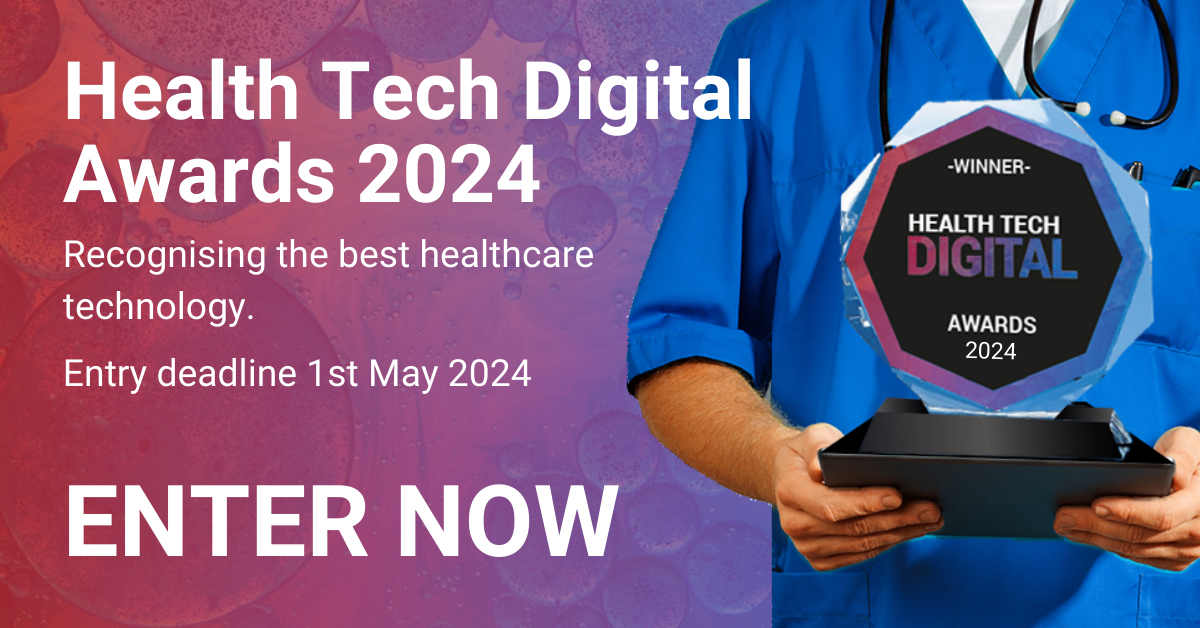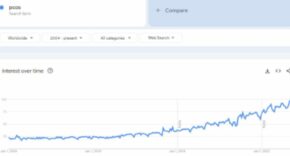
Gordon Morrison, Senior Director of EMEA Government Affairs at Splunk.
The Department of Health and Social Care’s new health in data strategy sets out ambitious plans to continue the momentum of digital innovation in healthcare, specifically to harness the data-driven approach and innovation seen during the pandemic. It aims to improve trust in how health systems use data, give health professionals the information they need to provide the best care, empower researchers to develop life-changing treatments and refine data for social care. As a result, the NHS predicts that millions of patients will benefit from faster diagnosis and treatment.
While this strategy is a step towards improving the healthcare system, the NHS currently has a myriad of technology solutions that handle vast amounts of data. Navigating the complexities associated with these systems and sharing valuable information across them can hinder both the speed and quality of care. However, overcoming these challenges is not impossible. During the pandemic, some of the challenges of sharing information across organisational boundaries within the government were removed by working together towards common outcomes.
To share a personal example, I recently had an appendectomy where I had to take a printed letter from my GP to my referred hospital because their systems were not connected. It took the GP about ten minutes to process the letter, valuable time that could have been spent treating other patients if the data had been shared digitally. I then had to take the letter with me to the hospital but still had to brief each doctor I saw on my diagnosis and medical status since none of them were aware of my recent cancer diagnosis.
The operation was very successful, but I couldn’t help but wonder if, as well as finding ways of better managing and sharing medical data within the NHS, whether there were other opportunities to use data to improve efficiency, resilience and agility.
Streamlining data systems to tackle disparity
Presently, there is a disparate and complex range of technology systems implemented at an organisational level. Data is contained in siloes and staff spend an inordinate time collecting and managing information.
The new strategy rightly addresses this by committing to putting in place a system wide target for the rationalisation of data collections. It will also adopt FAIR principles (Findability, Accessibility, Interoperability and Reusability) at the heart of its data strategy. The NHS will also use secure data environments to streamline the use of specific data sets and will establish a Data Alliance Partnership.
However, much of the NHS data is generated by devices, not just humans. This includes, medical, security, IT, mobile and other devices. We call this machine data and much of this is ‘dark’ meaning it’s unknown and untapped.
Breaking down barriers
What we learnt from COVID-19 is that the NHS needs to be resilient to a multitude of threats and unplanned events and be able to respond with agility. With appropriate controls and while retaining patient confidence, why not combine machine data along with more traditional operational data to improve efficiency? For example, prioritising cleaning staff through real time feedback or monitoring the status of medical devices so staff can be automatically notified if a battery level is too low. If we could reduce all those moments when time is lost then perhaps efficiency could be improved and the job made easier.
By taking this new opportunity to break down more barriers between data sets in a secure and transparent manner while fundamentally protecting privacy, we could also increase both resilience and agility in the NHS. This would present all levels of the organisation with an opportunity to ask different questions of the data. Staff may be able to make better business decisions or predict and remediate problems before they arise. Example questions could be: what is the impact on waiting lists versus the cost of having an extra scanner available 24/7, prioritise funding by measuring the utilisation or reliability of a medical device or automatically alerting to capacity problems.
This is not easy, but with the new strategy we have an opportunity to think differently about data. By innovating with data and removing some of the barriers between data sets, there may be many opportunities to improve efficiency, resilience and agility at the same time as retaining patient trust. To do this, we need to think about all our data and take real advantage of its ‘phenomenal untapped power’.













